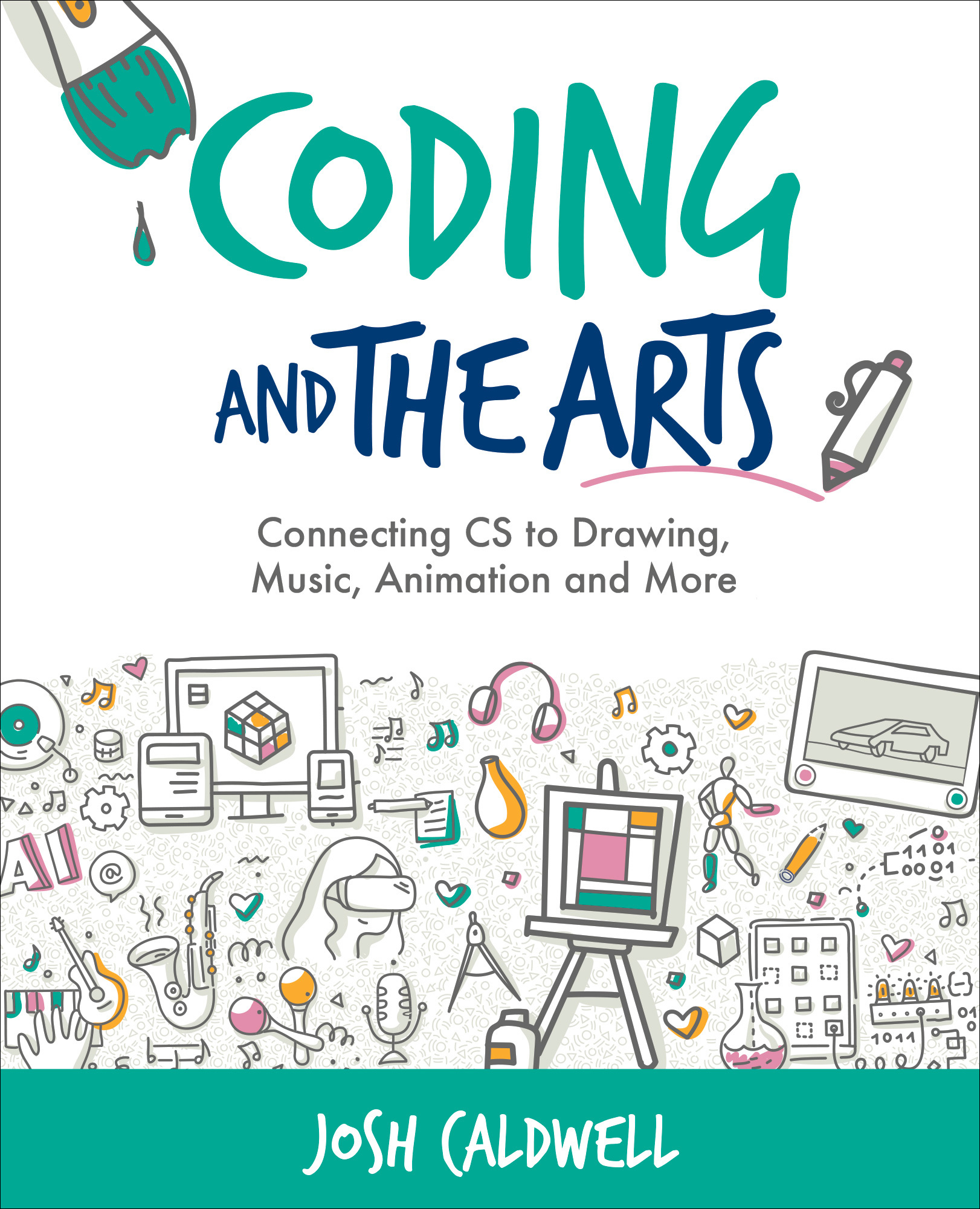This project is featured in chapter 3 of Coding and the Arts.
Starter Project
As long as students know how to define and modify variables in Ruby or Sonic Pi there’s no need for a starter project here. The following starter is a useful demonstration of variable definition, modification, and the first few steps of a scale.
Open in Github
Exemplar Project
This exemplar shows two different ways to apply intervals to create a scale. The first simply finishes the sequence in the starter code, but the second is a more elegant and concise solution that places the intervals in a list and then iterates over it with a loop. These are but two of many ways that your students might use intervals to play a scale.
Open in Github
 See more from Coding and the Arts
See more from Coding and the Arts